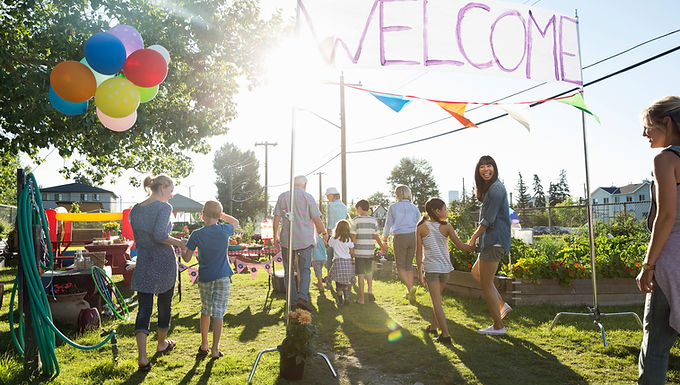Introduction to the Guide
Navigating the world can be challenging, especially for individuals who experience differences in processing sensory input, managing day-to-day tasks, and interacting socially. These differences may affect executive functioning, flexible thinking, and the ability to adapt to changes, impacting multiple areas of life such as education, work, and personal relationships. These experiences are valid regardless of whether they come with a formal diagnosis, are part of awaiting an assessment, or fall outside traditional diagnostic criteria. This guide is written with these individuals in mind, providing practical, step-by-step support to empower independence and reduce anxiety about uncertainties in the world around them.

Who This Guide is For
This guide is for:
Individuals who experience difficulties in organising tasks, adapting to changes, or navigating social situations.
Those who may or may not have a formal diagnosis but face challenges that align with the definition provided above.
Families, carers, or professionals supporting individuals with these needs, who can use this guide to offer tailored support.
Whether you’re a young person learning new skills, an adult managing daily responsibilities, or someone providing care or professional support, this guide is designed to be accessible and useful to you.
Purpose of the Guide
The aim of this guide is to provide:
Step-by-step instructions for navigating common challenges, from understanding systems like public transportation to managing unexpected situations at home or in the community.
Practical resources that are free to access and tailored to support independence and reduce anxiety.
Flexible use, allowing individuals or supporters to access specific guides without needing to read through entire chapters
How to use the Guide
Each section is designed as a standalone step-by-step guide. This means you can go directly to the sections that address your immediate concerns without having to read the entire guide. While this structure makes the guide more practical, it may also result in some repetition across sections. This repetition is intentional, ensuring that each guide is comprehensive and self-contained.
It is recommended that you experiment with techniques, as not everything will work for everybody. It can be useful to read through similar guides that may include other techniques to try. Try not to get discouraged if a technique or method doesn’t work straight away (or at all); there is always further support available and this guide tries to include signposting where possible.
For Supporters and Professionals
If you’re supporting someone who fits into the definition described earlier, this guide can serve as a resource for providing clear, practical advice. You’re welcome to print or share specific sections of the guide as needed, making it easier to offer personalised support.
Acknowledgment of Limitations
We understand that no single resource can encompass the full range of experiences and needs. There may be areas that require further elaboration or topics we have not yet addressed. For any oversights, we sincerely apologise.
We encourage feedback to improve this guide and welcome suggestions for additional guides or topics to be included in the future. If you would like to share your thoughts, please reach out through the contact details provided at the end of this guide.
Our Commitment
This guide is designed to:
Empower independence by providing clear, actionable advice.
Reduce anxiety by addressing uncertainties with practical solutions.
Promote accessibility, ensuring that the information is free and easy to use for everyone.
By working together and embracing feedback, we hope this guide will continue to evolve into a valuable resource for individuals and those who support them. Thank you for being a part of this journey.